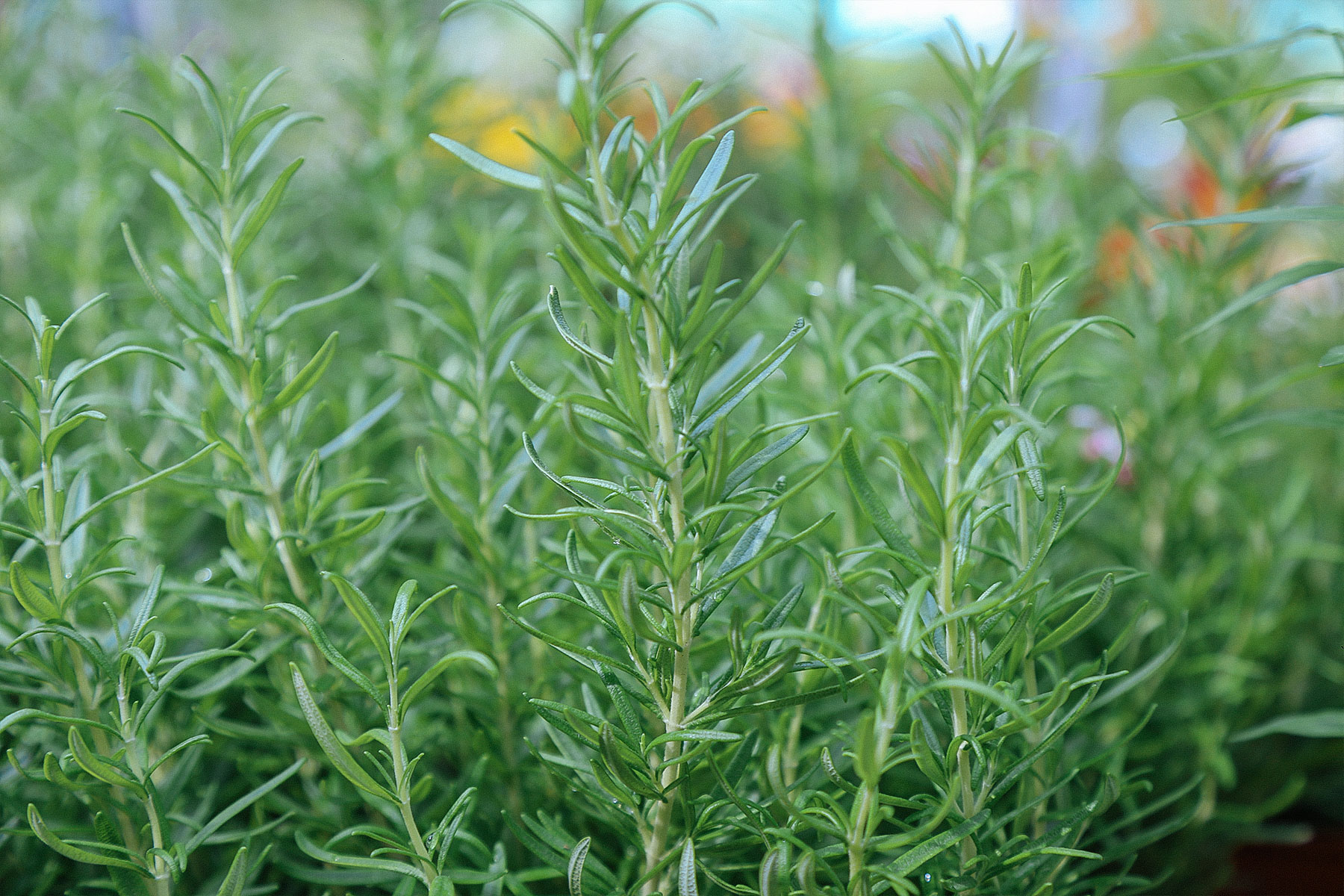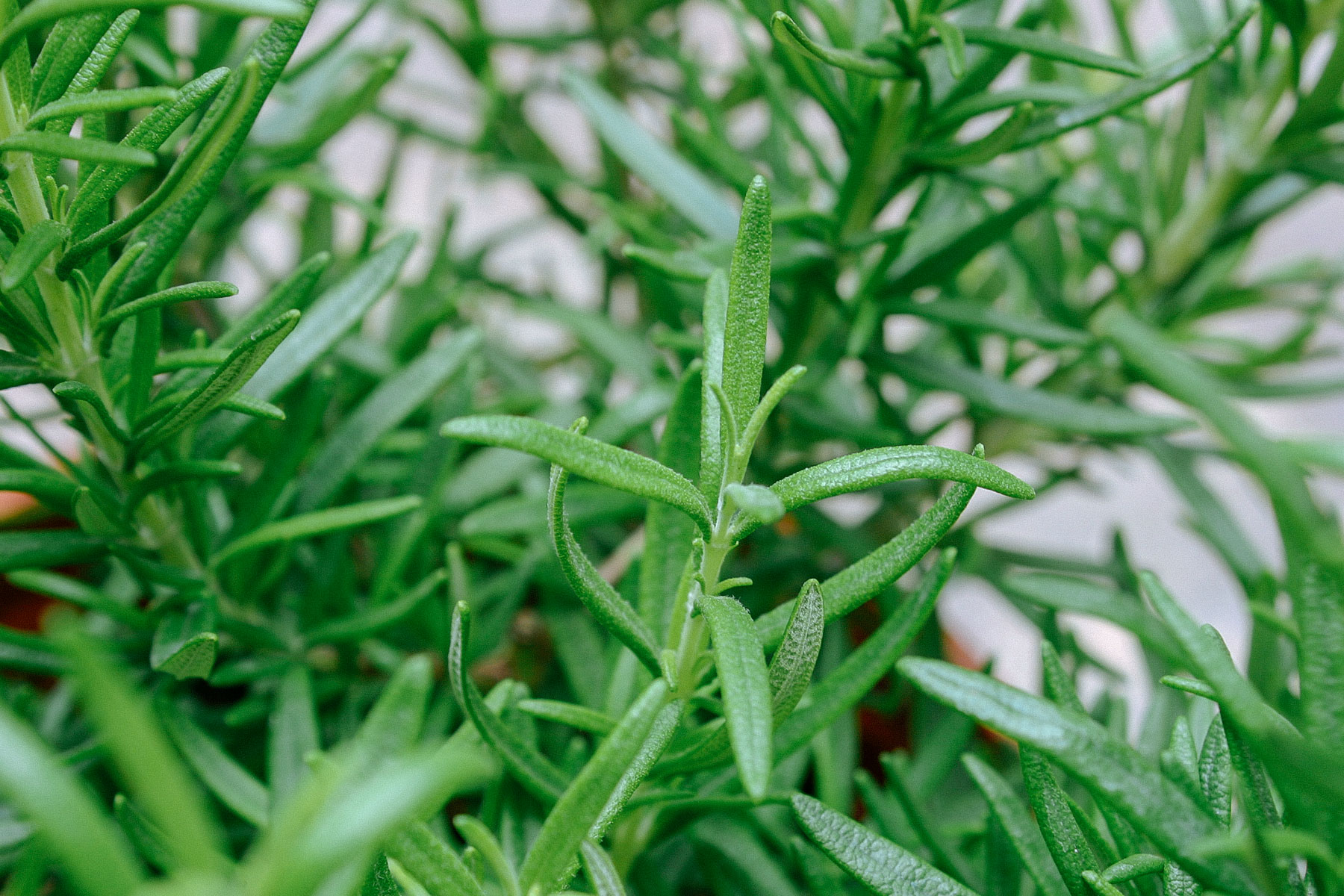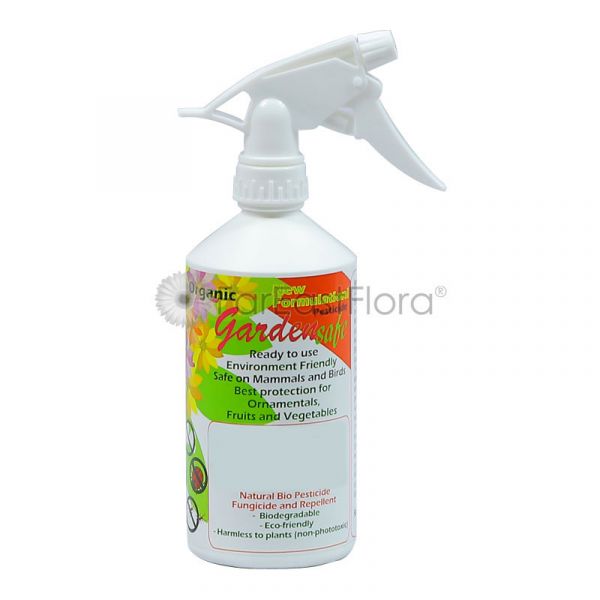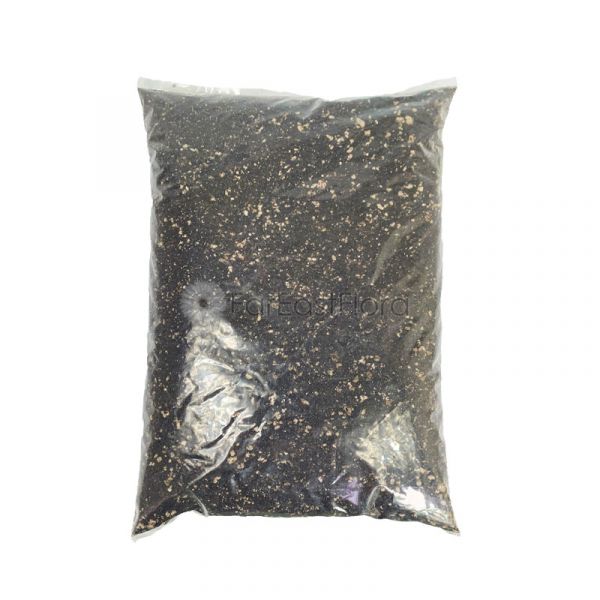Get To Know: Rosemary

Rosemary, or also known as Rosmarinus officinalis is one of the most popular, widely grown herbs that is used in many dishes. Rosemary is the perfect herb to grow at home as they thrive in containers and do not require much maintenance. Loved for their aromatic scent, they are often used as an essential oil for aromatherapy - said to reduce stress levels! Add an accent to your culinary dishes with a sprig of Rosemary or use the plant to make your own essential oil. Kickstart your edible gardening journey with this delightful herb!

General Care:
Light
Rosemary needs plenty of sunlight to grow well. It is ideal to place them in full sun where they can get at least six hours of sunlight every day.
Water
Rosemary thrives on neglect and is drought resistant. Water your Rosemary plant when the top 1-3 inches of soil feel dry to the touch. Keep the water off the leaves and water from the base of the plant, directly at the soil. Ensure not to overwater your plant. If your Rosemary plant is grown in a pot, ensure that it has a good drainage hole to prevent waterlogging.
Potting medium
Rosemary grows best in well-draining soil with low fertility (low in nutrients). A sandy, gritty mix (Eg. Succulent mix) will be ideal for growing them. Nutrient-rich soil may cause droopy and yellowing leaves, making them more susceptible to pests.
Fertiliser
Like most herbs, Rosemary is not a heavy feeder and does not require additional fertiliser. However, you can apply a balanced fertiliser once every 1-2 months to spur a more rapid, healthy growth.
Common Issues
Why are there powdery white spots on my Rosemary plant?
Powdery mildew is a fungal disease that appears as powdery light grey or white spots on the leaves of your Rosemary plant. If left untreated, it may result in stunted growth and yellowing leaves. Powdery mildew favours conditions with high humidity. To prevent its spread, place your rosemary plant in an area with good air circulation and ensure that you do not overwater it. Treat your infected plant by removing affected plant parts and applying protective fungicide.
Why is there discolouration on my Rosemary’s leaves?
Rosemary is generally a pest-resistant plant. However, if you notice discoloration on your Rosemary’s leaves and stems, this could be from the feeding activities of certain pests. Common pests that infect Rosemary include aphids, thrips, mealybugs, and scale. Manage pest infestation on your Rosemary plant with neem oil or your preferred insecticide.

Shop: Garden Safe Organic Pesticide & Fungicide
What can you do with Rosemary?
There is no flavour quite like Rosemary - their woodsy aromatic smell and flavour carry notes of evergreen, citrus, lavender, pine, sage, and mint. This makes them great compliments for making soups, salads, stews, and even meats like chicken and steak!







